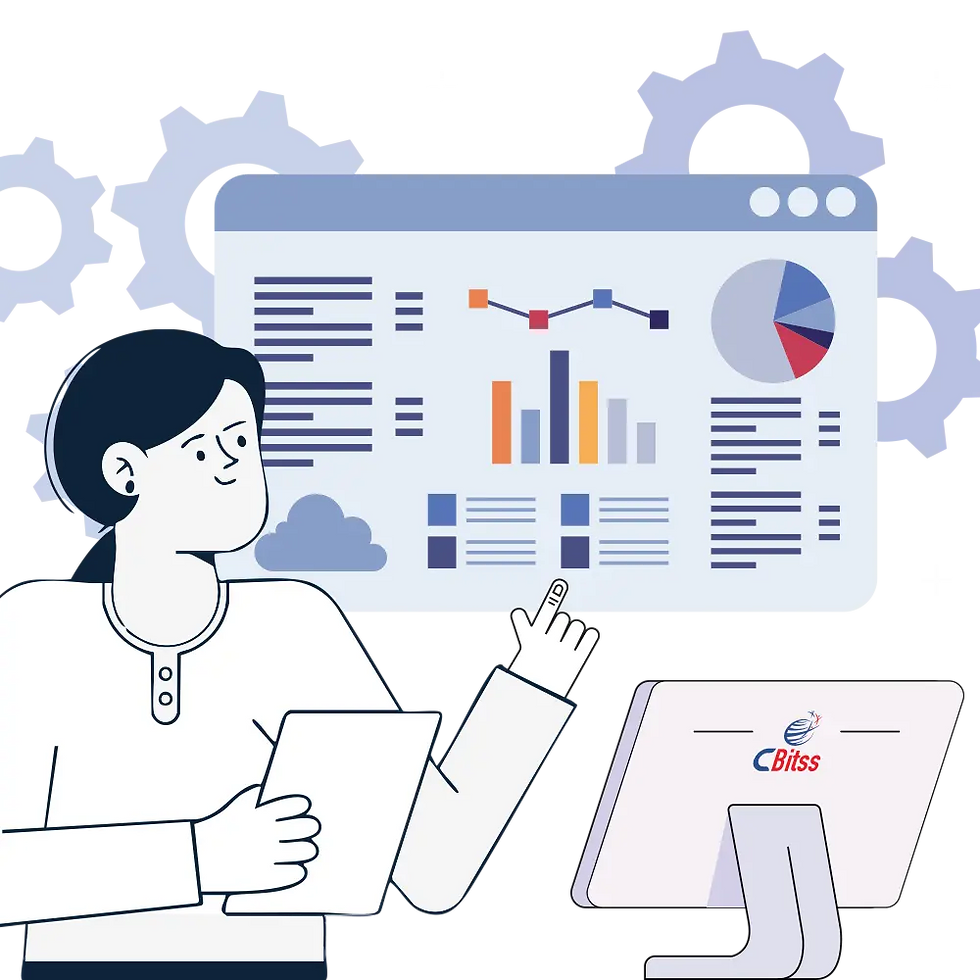Data Cleaning Techniques in Data Analytics: A Complete Guide
- jobs3074
- Sep 3
- 3 min read
Introduction
In the world of data analytics, raw data is rarely perfect. Datasets often contain missing values, errors, duplicates, or inconsistencies that can compromise analysis and insights. Data cleaning is the process of identifying and correcting these issues to ensure accurate, reliable, and actionable results. In this blog, we’ll explore the most important data cleaning techniques in data analytics and how they improve decision-making.

Why Data Cleaning is Crucial in Data Analytics
Data cleaning is the foundation of any successful analytics project. Without clean data:
Statistical analyses can produce biased or misleading results
Machine learning models may perform poorly due to incorrect or inconsistent inputs
Business decisions based on data can lead to wrong conclusions
In short, clean data ensures accuracy, efficiency, and trustworthiness in analytics.
Common Data Cleaning Techniques
Here are some of the most widely used techniques in data cleaning:
1. Handling Missing Values
Missing data is common in datasets. Techniques to address it include:
Removal: Delete rows or columns with missing values (useful for small datasets).
Imputation: Fill missing values using:
Mean or median (for numerical data)
Mode (for categorical data)
Predictive models (advanced technique using regression or machine learning)
Flagging: Mark missing values as a separate category if they carry significance.
2. Removing Duplicates
Duplicate records can distort analysis:
Identify duplicates using unique identifiers or a combination of key columns.
Remove exact duplicates or consolidate similar entries.
Use tools like Python’s drop_duplicates() or Excel’s “Remove Duplicates” feature.
3. Correcting Inconsistencies
Inconsistent data arises when the same information is represented differently:
Standardize formats for dates, phone numbers, or addresses.
Correct inconsistent categorical entries (e.g., “NY” vs. “New York”).
Use automated scripts or tools for large datasets.
4. Handling Outliers
Outliers can skew analytics and models:
Identify outliers using boxplots, z-scores, or interquartile ranges (IQR).
Decide whether to remove, transform, or cap extreme values depending on context.
Ensure outlier treatment doesn’t remove meaningful information.
5. Filtering Noise and Irrelevant Data
Noise refers to irrelevant or misleading data:
Remove irrelevant columns that don’t contribute to analysis.
Filter erroneous or random entries.
Use domain knowledge to determine what constitutes meaningful data.
6. Data Transformation and Normalization
For better model performance:
Convert data types appropriately (e.g., string to date).
Normalize or scale numerical data to a consistent range.
Encode categorical variables for machine learning (one-hot encoding or label encoding).
7. Validating Data Accuracy
Cross-check data with reliable sources.
Use validation rules to ensure data consistency.
For transactional data, ensure totals and summaries match.
Tools for Data Cleaning
Several tools make data cleaning easier and faster:
Excel / Google Sheets – Basic cleaning and formatting.
Python Libraries – Pandas, NumPy, OpenRefine, and Scikit-learn for advanced cleaning.
R Programming – Packages like dplyr and tidyr for structured cleaning.
ETL Tools – Talend, Alteryx, and Informatica for large-scale enterprise datasets.
Best Practices for Data Cleaning
Document Changes: Keep a record of what was cleaned or transformed.
Automate When Possible: Use scripts for repetitive tasks to save time.
Maintain Raw Data: Always retain a copy of original datasets.
Continuous Cleaning: Treat cleaning as an ongoing process, not a one-time task.
Conclusion
Data cleaning is a critical step in the data analytics process. By handling missing values, removing duplicates, correcting inconsistencies, and validating data, analysts can ensure reliable and actionable insights. Leveraging proper tools and techniques enhances both the efficiency and accuracy of data-driven decision-making.
In the age of big data, mastering data cleaning techniques is essential for anyone working in analytics, business intelligence, or data science.


Comments